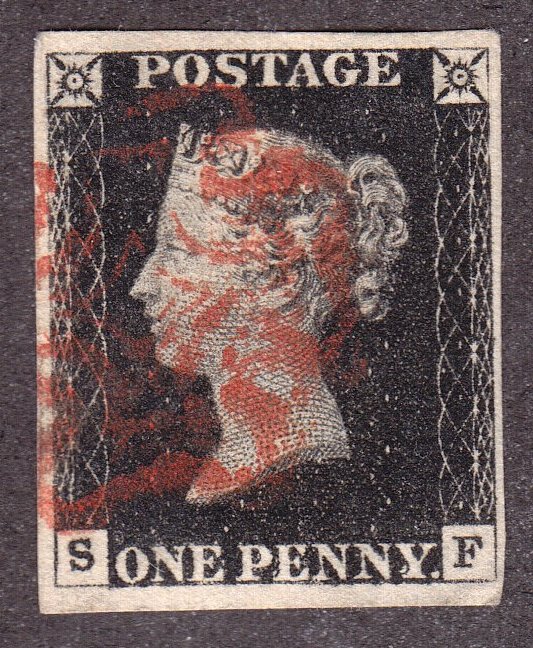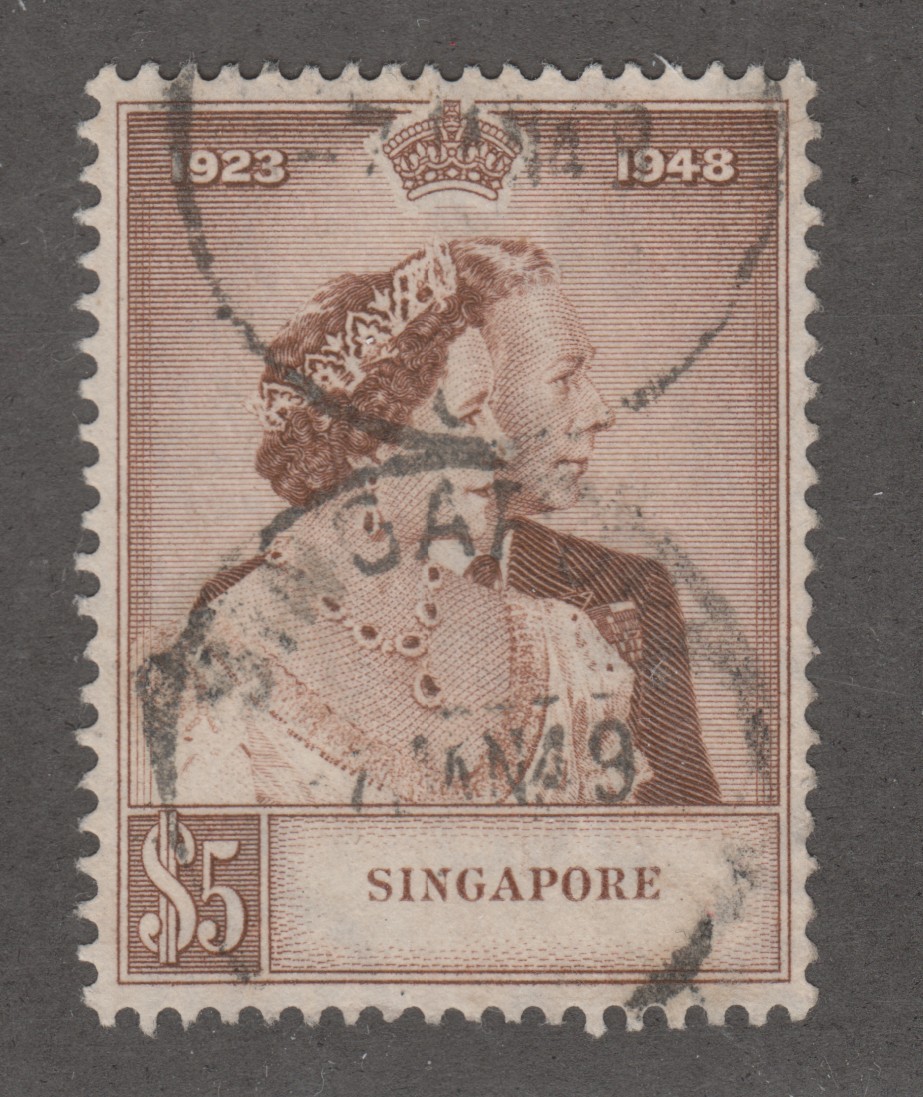
Discussion - Member to Member Sales - Research Center

Discussion - Member to Member Sales - Research Center

There was a January 2024 APS magazine article of interest, if you have not seen it.
As I was putting together from my Egypt collection, a "show and tell" presentation for our Stamp Club meeting on Egypt, pre End of the Monarchy stamps, I came across a very puzzling stamp shown below:

This is the #1, 1866, 5 para stamp..... however the denomination in Arabic at the bottom of the stamp is that of the #3 stamp
For comparison, from my collection, here are the #1-#3 Egypt stamps:

There is no reference to such an error in any reference material I have seen.
And the perforation of this stamp is a bit odd.
Any one here with expertise to give me an opinion on it. A real error, a mistaken o/p on a real stamp, a counterfeit o/p on a real stamp, a counterfeit stamp with mistaken o/p?
There is no mention of counterfeit problems for early Egypt, (except for the Suez Canal stamps), but as with all o/p stamps, one must be careful.
I would appreciate any comment.
Thanks
rrr...
Note: If there is interest, For reference, I can post here later the pages from my fairly advanced collection. Variations of the 1867 to 1875 Sphynx and Pyramid series (Scott # 8 to 25d are a tough area to complete, with several stamps way above my budget limits), but it is fun to see how often they are misidentified (including I am sure by myself).

6 Members
like this post.
Login to Like.
I would be very interested in seeing additional information and items from your collection! It sounds fascinating.

2 Members
like this post.
Login to Like.

Not being an Egypt-collector,I had a look to my 1989 Michel.
The footnotes are interesting.
They say,that there are approximately five different overprint-types of each stamp.
Maybe that could be an explantion ?

7 Members
like this post.
Login to Like.

The first issue of Egyptian stamps comprises 7 definitive overprinted in Turkish.
There was a January 2024 APS magazine article of interest, if you have not seen it.
As I was putting together from my Egypt collection, a "show and tell" presentation for our Stamp Club meeting on Egypt, pre End of the Monarchy stamps, I came across a very puzzling stamp shown below:

This is the #1, 1866, 5 para stamp..... however the denomination in Arabic at the bottom of the stamp is that of the #3 stamp
For comparison, from my collection, here are the #1-#3 Egypt stamps:

There is no reference to such an error in any reference material I have seen.
And the perforation of this stamp is a bit odd.
Any one here with expertise to give me an opinion on it. A real error, a mistaken o/p on a real stamp, a counterfeit o/p on a real stamp, a counterfeit stamp with mistaken o/p?
There is no mention of counterfeit problems for early Egypt, (except for the Suez Canal stamps), but as with all o/p stamps, one must be careful.
I would appreciate any comment.
Thanks
rrr...
Note: If there is interest, For reference, I can post here later the pages from my fairly advanced collection. Variations of the 1867 to 1875 Sphynx and Pyramid series (Scott # 8 to 25d are a tough area to complete, with several stamps way above my budget limits), but it is fun to see how often they are misidentified (including I am sure by myself).

6 Members
like this post.
Login to Like.

re: Egypt First Issue, Mystery o/p on #1
I would be very interested in seeing additional information and items from your collection! It sounds fascinating.

2 Members
like this post.
Login to Like.
05:05:21am
re: Egypt First Issue, Mystery o/p on #1

Not being an Egypt-collector,I had a look to my 1989 Michel.
The footnotes are interesting.
They say,that there are approximately five different overprint-types of each stamp.
Maybe that could be an explantion ?

7 Members
like this post.
Login to Like.

